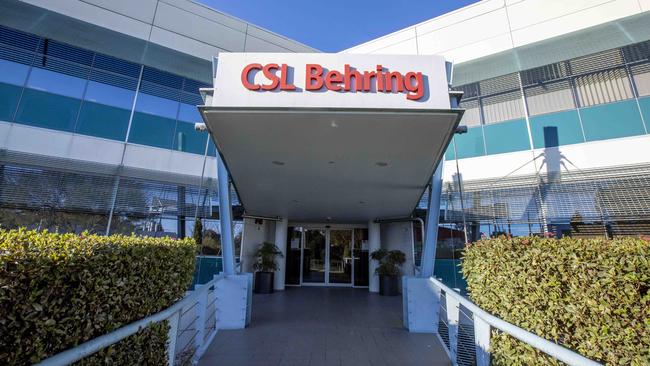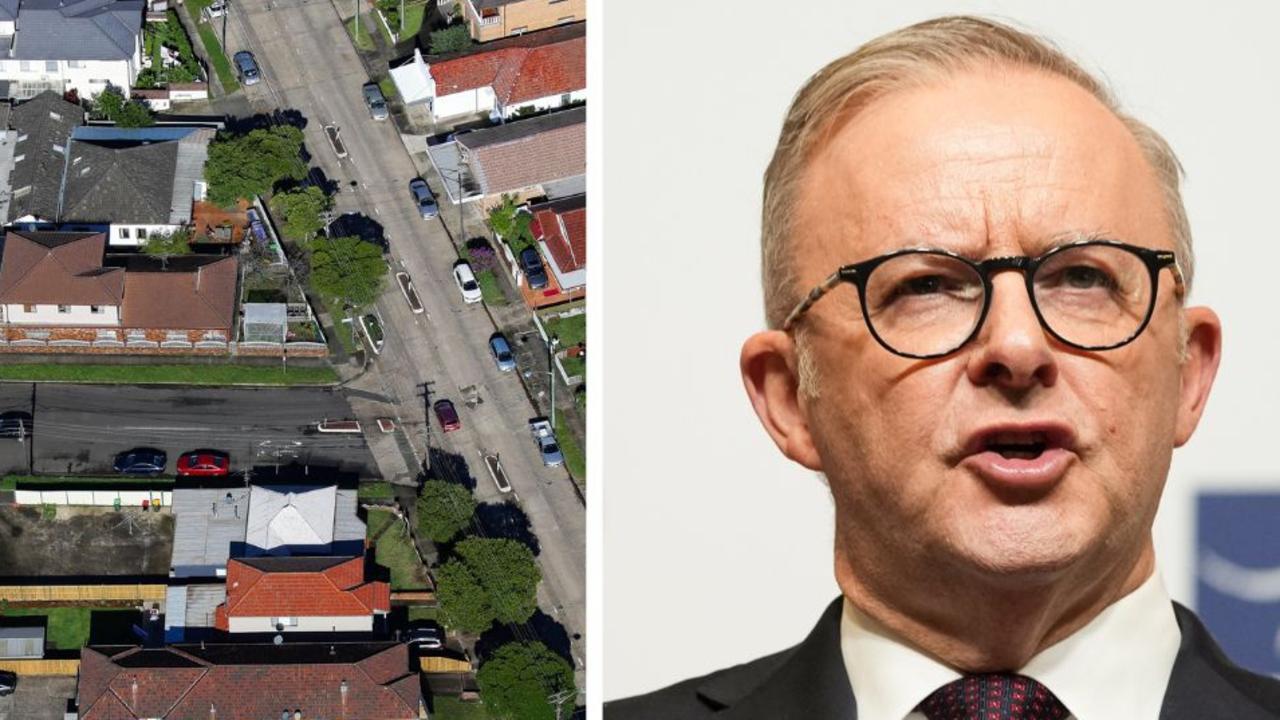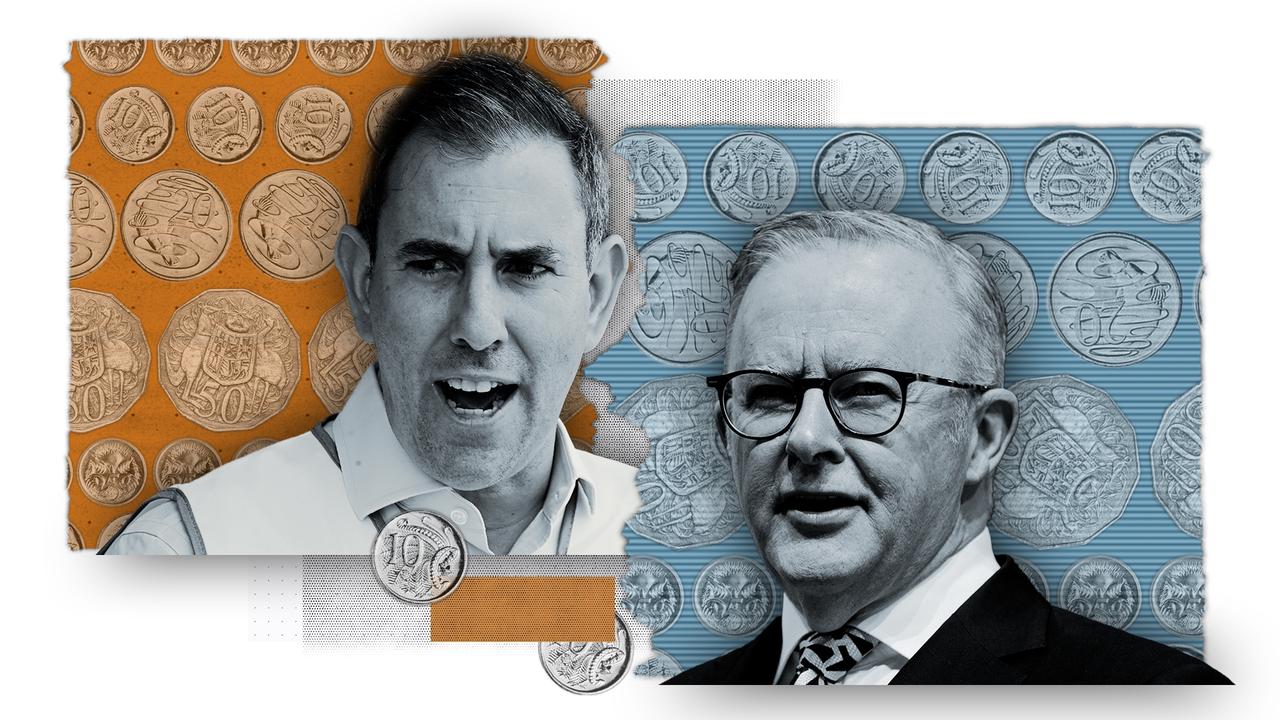CSL diagnosis could get a lot better from here
Australia’s biggest stock (which is not a miner or a bank) is down but by no means out.

Blood products empire CSL has built a big following among private investors.
Throughout CSL’s firm multi-year uptrend that ultimately took its share price to $335 in 2020, Morgan Stanley was one of the laggards when calculating a valuation and setting price targets for Australia’s leading biotech company.
Where others were not afraid to put forward price targets well beyond $300, Morgan Stanley’s comparative valuation has mostly remained around $280.
Its target only crossed the $300 level in 2022 and now sits at $310 as part of an in-depth research effort that should be of interest to investors and shareholders.
First up, and in line with that fresh price target (nearly 15 per cent above current prices), it is Morgan Stanley’s view that the time to become more positive on CSL’s future is now.
Plasma collection data has returned to pre-pandemic volumes and industry indications are that the recovery is well and truly gaining traction.
Margin pressure also should peak either in the second half of this year, or the first half of next year, which means full-year 2022 can become the company’s springboard to a much stronger period ahead.
And then there’s the $16.4bn acquisition of Vifor Swiss renal treatments, which is estimated to be 8 per cent earnings per share-accretive to CSL in the 2023 financial year. On this basis, and assuming CSL shares continue trading on a forward-looking price-earnings ratio of 35 times, it looks feasible those shares will revisit their all-time peak of 2020 in the year ahead (about $328, suggests the broker).
But CSL management has a track record for delivering positive surprises, as it did in the past with its vaccine business Seqirus.
So might we reasonably expect a positive outcome once Vifor is part of the group?
Morgan Stanley’s bull case scenarios consider faster growth in selling Vifor products (with CSL adding larger distribution capabilities), the adoption of specific Vifor products into patient blood management (PBM) by CSL or even successful add-ons coming out of Vifor’s product pipeline.
The three key drivers of material EPS upside include: higher revenues through CSL sales channels for Vifor drugs Veltassa, Korsuva/Kapruvia and eventually Vadadusta; revenue boost from Vifor’s anaemia treatment Injectafer through greater adoption of patient blood management; and franchise benefits from Vifor’s dialysis centre and partners Fresenius Medical and Fresenius Kabi.
“If we take the scenario that CSL should trade on a FY23 earnings (price/earnings ratio) … based on the five-year average … then for CSL to trade at $400 per share, CSL would need to deliver an FY23 EPS of $US8.53,” the Morgan Stanley analysts said.
“Looking at a pro forma basis on our base case estimates of CSL and Vifor, we estimate an FY23 EPS of $US5.98. If our bull case scenario does play out then this could add an additional $US1.01 to CSL+Vifor FY23 EPS, resulting in a share price of circa $328 based on a P/E of 35.1 times.
“Notably, when we start to look at outer years, we think this is when our bull case scenario starts to materially provide upside risk. On a pro forma basis, we estimate CSL and Vifor to deliver an FY25 EPS of $US8.25. Adding our bull case scenario FY25 EPS of $US2.84 to our base case FY25 EPS of $US8.25, we get a total EPS of $US11.10, which suggests that CSL could potentially trade at $519 per share.”
To cut a long story short: such bullish scenarios can potentially add 33 per cent in additional growth – on top of the base case growth that is now assumed – to CSL’s EPS growth by FY25.
However, assuming CSL’s forward PE normalises to about 30 times, a more realistic scenario, maybe, is a share price of $444.70, suggests the report. Note this is not a forecast per se. The report explicitly states not all the elements necessary to see the broker’s bull scenario materialise might fall into place.
Maybe the safest message to take home is that better times seem on the horizon for CSL. Some 26 months after the shares peaked near $230 on maximum Covid panic and uncertainty, that’s not a bad position to be in.
Rudi Filapek-Vandyck is editor of the stock research service fnarena.com



To join the conversation, please log in. Don't have an account? Register
Join the conversation, you are commenting as Logout